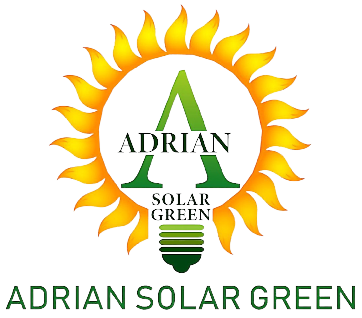An overload occurs when the amount of power generated by your solar panels exceeds the capacity of your solar inverter. Simply put, you are using your inverter more intensively than it was intended to.
Many developers choose to intentionally overload their inverters. What advantage does this have? And is it a wise method? Let’s examine this carefully.
Why Would You Overload a Solar Inverter?
Rarely do solar panels produce all of their available power. In standard test circumstances (STC), a module with a power rating of, say, 400 W will only produce 400 Wp of energy.
STC gauges solar panel output at a predetermined temperature (25 °C) and predetermined irradiance level (1000 W/m2).
Let’s use an example to better grasp this.
Consider that a 10kW solar array is coupled with a 10kW solar inverter. However, because of the high temperatures, less energy is produced. Your solar panel can only produce 8kW as a result. The inverter’s output is higher in this instance, but the DC input from the panels is lower. The generation as a whole is lowered by this difference.
Some inverter manufacturers allow you to overload your device, i.e., connect a greater capacity array, to make up for this.
For instance, a 12kW array can be integrated with a 10kW inverter. This would bring the DC electricity produced by the solar panels closer to the inverter output when it eventually starts to decline.
According to studies, overloading your inverter can increase PV generation and efficiency.
Depending on Your Geographic Area, There May Be Overload
The temperature has an inverse relationship with the solar panel generation. You produce less electricity as the temperature rises. This explains why solar panels’ production is a little bit lower in hotter areas.
In certain areas, overloading is an option. Your inverter, however, will already be operating at its peak efficiency. The internal parts of the device will deteriorate if it begins to heat up as a result of the weather. As a result, you must make sure that your solar inverter has an internal cooling system and is positioned in a cool, dry location.
Now, if your solar PV system is situated in a region with lower temperatures and abundant irradiation, the likelihood is that your electricity production has already peaked. Make sure not to overburden your inverter in such circumstances.
This is because power clipping will occur if the output of the solar panels is greater than the output rating of the inverter. And what is that? When a solar inverter performs at its maximum level, which is often its power rating, power clipping occurs. The solar inverter will snip the electricity when your solar panels are producing more energy than it is intended to.
How does that make you feel? Some of the electricity you create for free is lost.
Should your solar inverter be overloaded?
A smart technique to increase efficiency and bring input and output levels of solar inverters closer to one another is to overload them. Overloading your inverter is never a good idea, though. Any array additions should never exceed 25%.
In order to evaluate how much overloading is possible, it is also critical to take into account the local environment. This will support keeping your system healthy and reducing power losses.
Additionally, prior to making any decisions on inverter overloading, always get professional advice.




